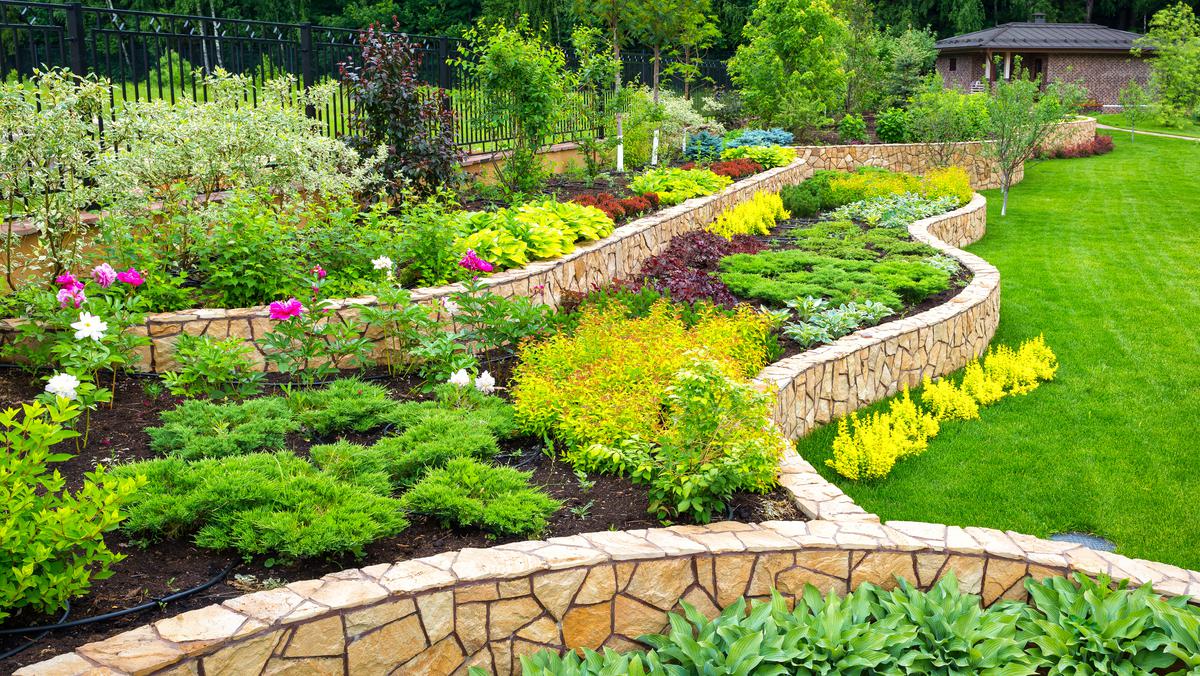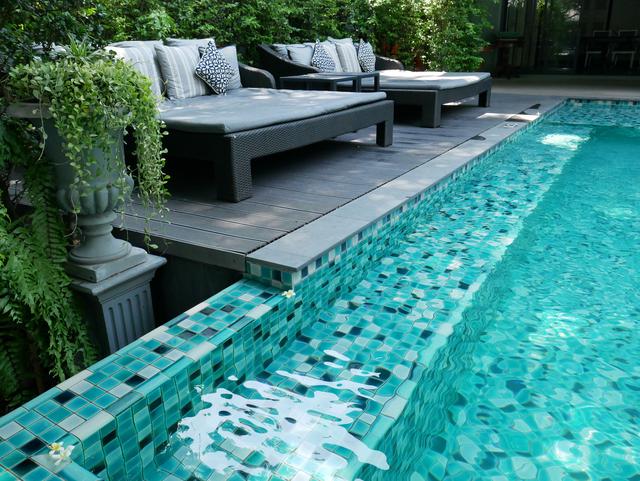Retaining walls under 3 feet tall serve both practical and aesthetic purposes, from preventing soil erosion to adding a decorative touch to your landscape. Choosing the right materials is crucial to building a durable and attractive low retaining wall. This article will guide you through selecting the best materials for constructing a retaining wall that stands the test of time.
Selecting Wall Material: Stone, Concrete, or Timber?
The first step is deciding on the wall material that best suits your needs and complements your landscape design. Natural stone, such as limestone or fieldstone, creates a rustic and organic look. Concrete blocks are versatile, affordable, and come in various shapes, sizes, and colors. Timber, such as pressure-treated wood, offers a warm and natural appearance, ideal for a more traditional or rustic setting.
Laying the Foundation: Base Material and Compaction
A stable foundation is critical to the longevity of your retaining wall. Crushed stone or gravel is commonly used as the base material because it provides excellent drainage and compaction. Ensure the soil is thoroughly compacted before laying the base material to prevent settling and maintain a level surface.
Drainage: Drainage Stone and Filter Fabric
Even for a low retaining wall, proper drainage is essential to prevent water buildup behind the wall, which can lead to instability and damage. Incorporate drainage stone, such as crushed gravel, behind the wall to facilitate water flow. Using a filter fabric between the soil and drainage stone will help prevent soil from infiltrating the drainage area and causing clogs.
Cutting and Shaping: Wall Block Cutting Tools
When constructing your retaining wall, you may need to cut and shape some of the wall blocks or stones to fit the desired layout. A masonry chisel and hammer are suitable for natural stone, while a masonry saw or splitter is necessary for cutting concrete blocks. If using timber, a circular saw or handsaw will suffice.
Finishing Touches: Wall Caps and Adhesive
Adding wall caps to your retaining wall will not only enhance its appearance but also protect the wall material from weathering. Choose caps that complement your wall's style and material. To secure the caps in place, use a high-quality construction adhesive designed for outdoor use and compatible with the wall material.
Building with Confidence
By selecting the appropriate materials for your retaining wall under 3 feet tall, you can create a functional and visually appealing addition to your landscape. Remember to consult local building codes or a professional if you're unsure about any aspect of the construction process. With the right materials and proper construction techniques, your retaining wall will stand strong for years to come.






comments